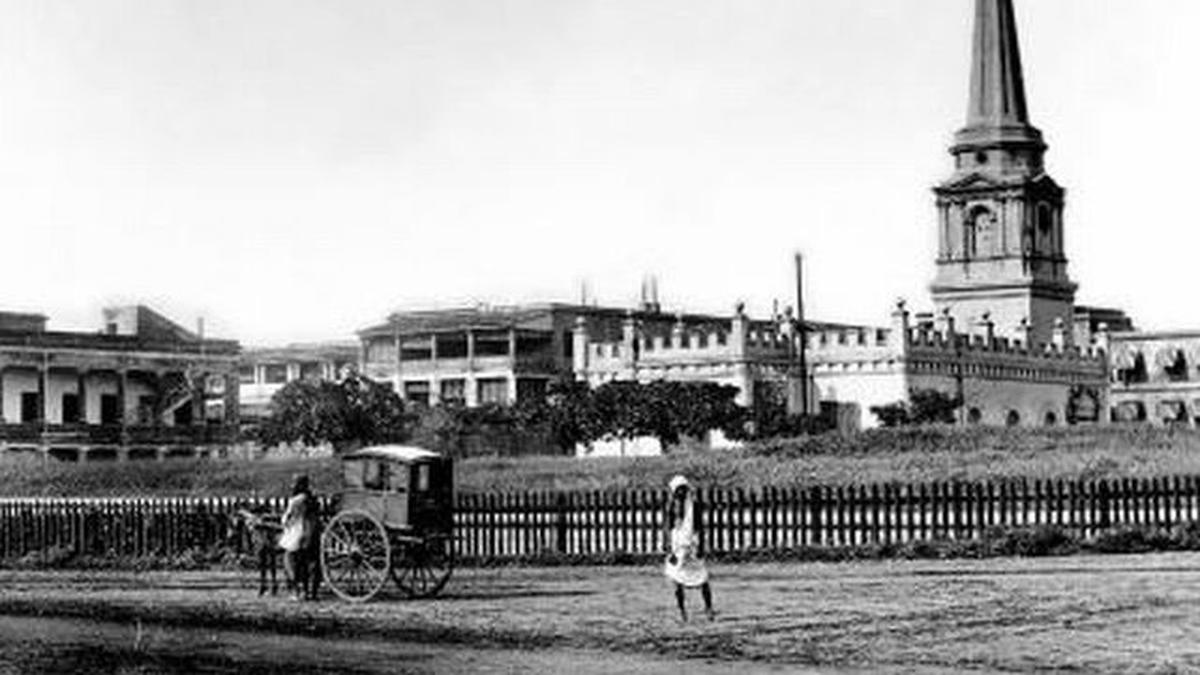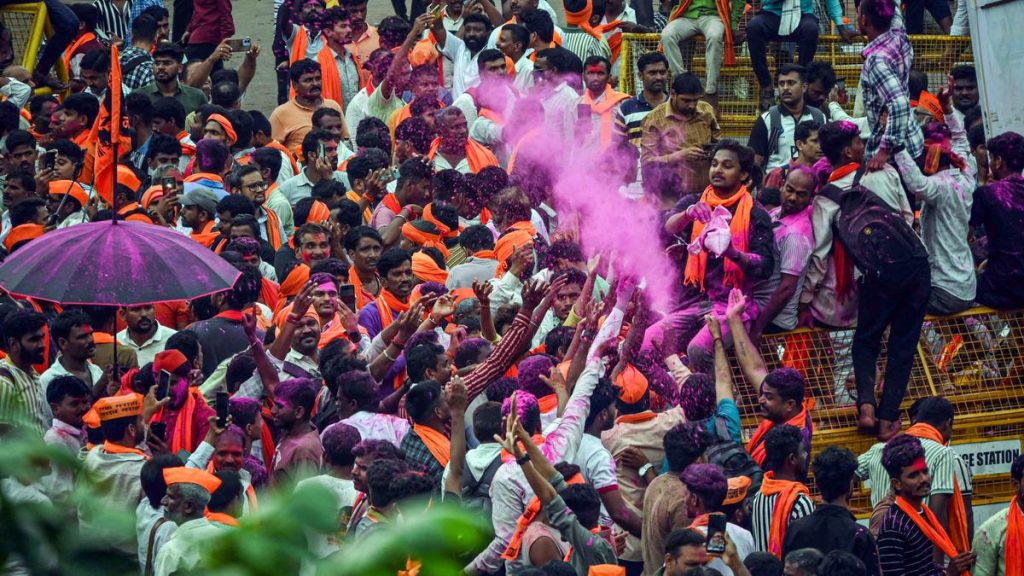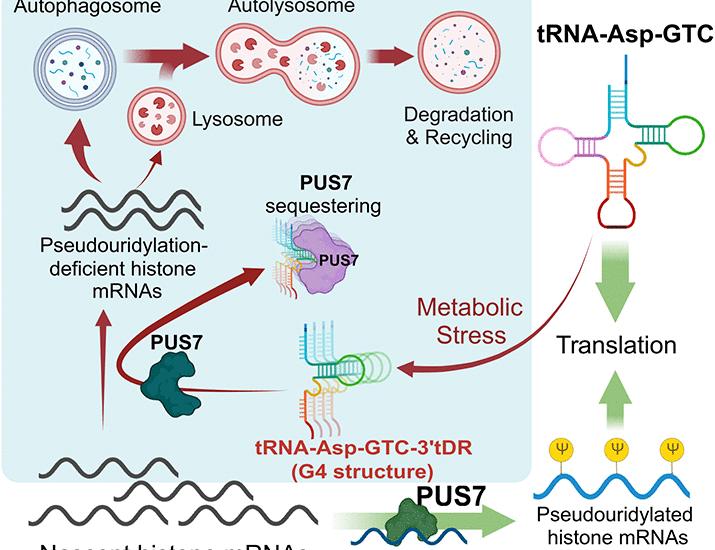Now Reading: Madras vs Chennai: Unraveling the City’s Name Origins
-
01
Madras vs Chennai: Unraveling the City’s Name Origins
Madras vs Chennai: Unraveling the City’s Name Origins

Speedy Summary
- Madraspatnam was the name recorded in a 1639 land grant by Venkatadri Nayak.
- The British built Fort St. George on this land after receiving a separate grant in 1645 from Raja Sriranga Raya, ruler of Chandragiri.
- Early documents reference “Madraspatnam” as the village north of Fort St. George and “Zera Renga Rayapatam” as land associated with the fort’s construction.
- Chennapatnam first appears in records from 1646, tied to donations at chennakesava Perumal Temple and demarcated distinctly later as including both Black Town and the Fort area.
- A further historical division emerged through a Maratha manuscript unearthed in 1802 that identified four zones under distinct names: Madras Coopom (Fort area), Chennai Coopom (villages like Muthialpet), Arkoopom (Cooum’s seafront), and Maleput (near present-day Salt Cotaurs).
- By this analysis, “madras” became linked with English colonial origins while “Chennai” emerged culturally rooted, eventually fueling the city’s official renaming.
Indian Opinion analysis
The historical evolution of Madras into Chennai offers insights into india’s complex interplay between colonialism and local identity.Initially serving as identifiers for distinct areas-colonial establishments versus native settlements-the names gained broader cultural importance over time, reflecting shifts in power dynamics. the renaming to Chennai symbolized post-independence efforts to reclaim local heritage while raising questions about inclusivity since both Telugu and Tamil interpretations exist.
Understanding this timeline is crucial for sparking dialog on how cities reconcile their legacies while embracing diverse identities within modern frameworks. The unique blending of history emphasizes India’s creative capability in redefining narratives without erasing its past.
For further details visit The Hindu

























